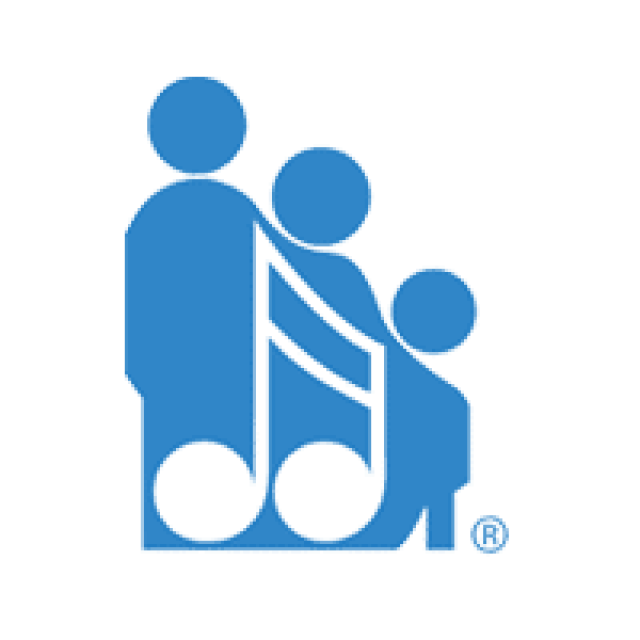Remarks at the SAA Annual Meeting, May 2007
During the last decade or so I have spent four years working with the Teacher Development Team formulating the Teacher Trainer Application and Evaluation Process and six years as a member of the SAA Board of Directors. I include all those years because it was during that time that two very important things became much clearer to me.
First, we—all of us—are the SAA. I used to say things like, “Can you believe that the SAA did…blah blah….” And “Why doesn’t the SAA do blah blah blah blah….”
Of course I knew all along—that is I knew in my head—that the SAA is a membership organization where most of the work is done by volunteers, but somehow I still saw the SAA as “them” and myself as part of the great big “us.” Now I know in my heart that the SAA is “us.” If I would like to read a different kind of article—for example even more about the viola—then I need to write the article or find someone who will. If I would like to enjoy another fabulous Conference, I have to be willing to dive in and help in whatever way is needed. If I want the SAA to give more scholarships or develop more programs I have to be willing to donate money and to help find many others who will do the same.
I know in my heart that I am part of the we that makes up the SAA, and I am eager to accept that responsibility.
Second, I learned that we are all leaders. It will take me a bit longer to explain how I came to understand this. So here goes…. My head understands that there are many different ways of leading, and I know this because I have lived through/experienced a wide variety of leadership styles in my professional career.
At one end of the spectrum is extreme micromanagement from the top down—where what was understood but left unsaid was, “I am the king of the world and you my dear are just a female viola player, so don’t even imagine that you could have a good idea.”
At the other end of the spectrum is the Servant Leadership Model that is embedded in the way the SAA functions. In this model the mindset is “service first”—“not me first.”
Even though I work with Servant Leaders and have been on SAA Committees with Servant Leaders, I didn’t know what it was or how it worked. All I knew—and I knew this in my heart—was that I liked working with Jeff Cox and Pat D’Ercole and Vice Chancellor Bill Meyer.
It was during my tenure on the SAA Board that I learned that what these three have in common is that they are Servant Leaders. I learned this when part of our Board training in 2003 was a presentation on Servant Leadership. And then in 2004 Pam and I attended the Servant Leadership Conference in Indianapolis, which was perhaps the best conference of any kind that I have ever attended. Now I have a name for a leadership style that emphasizes collaboration, trust, empathy and the ethical use of power. At the heart of Servant Leadership the individual is a servant first, whose drive to lead comes because there is a strong desire to serve better, and not for increased power. The objective is to enhance the growth of individuals in the organization and increase teamwork and personal involvement. Servant Leaders work quietly to lift up others not to feed personal ego. They work to contribute to a greater good.
As defined by Robert Greenleaf, Servant leadership is an approach to leadership development that encourages leaders to serve others while staying focused on achieving results in line with the organization’s values and integrity. According to Greenleaf, “The best test for servant-leadership is, do those served grow as persons; do they, while being served, become healthier, wiser, freer, more autonomous, more likely themselves to become servants? And, what is the effect?”
So now that I understand a bit about Servant Leadership I also understand that all of us who are most comfortable collaborating with others to accomplish goals or improve the environment in which we live and work are by virtue of the collaboration acting as Servant Leaders. We all have the opportunity, even with the smallest actions, to be leaders.
Dee Martz completed a six-year term on the SAA Board on July 31, 2007, including four years as Board Secretary. Thank you, Dee, for your dedicated Board service and for the humor and spirit you brought to Board dialogue. Thanks for sharing these insights on leadership and service!







